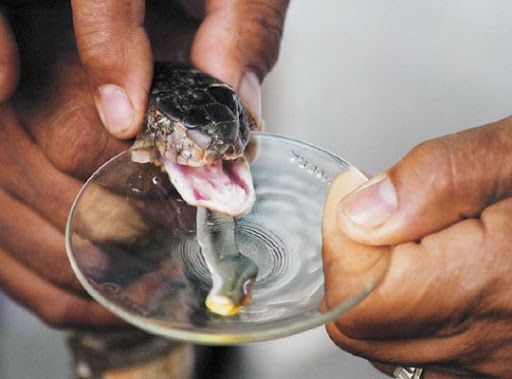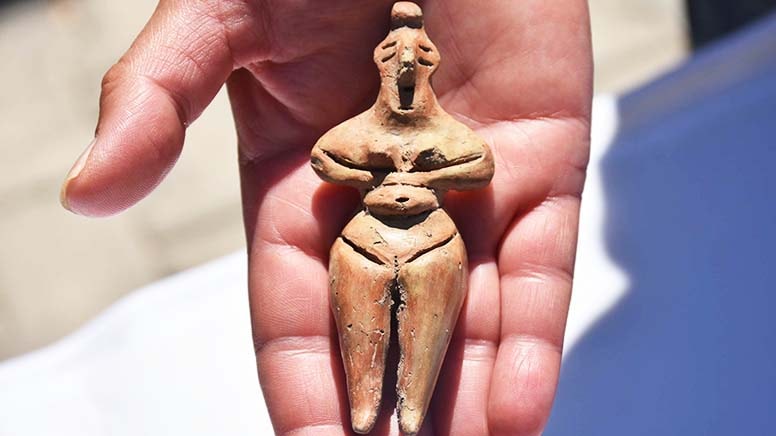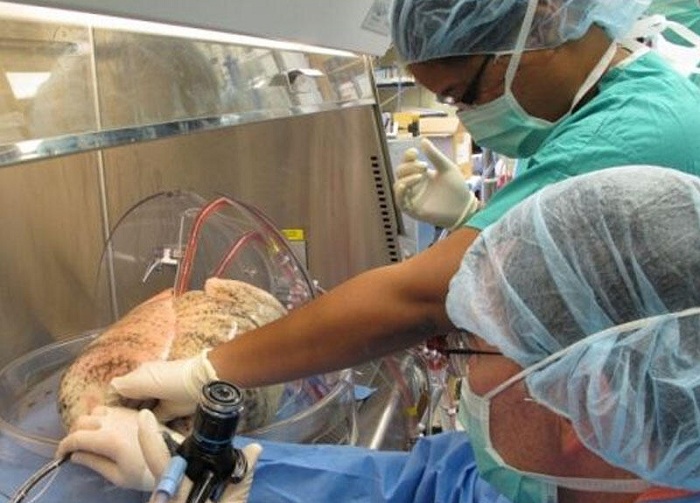
- A-
- A
- A+
Scientists Have Grown Snake Venom Glands in The Lab
For the first time, scientists have produced snake venom toxins in the lab, opening up a much-needed path for developing drugs and venom antidotes that doesn't involve having to breed and milk real-life snakes.
The toxins have been produced through mini glands called organoids, following a process adapted from growing simplified human organs – something that is already helping in a wide range of scientific and medical research projects.
In the case of the snakes, researchers were able to blow organoids matching the Cape coral snake (Aspidelaps lubricus cowlesi) and seven other snake species, and they say this new approach is a welcome upgrade on current methods of farming snakes to extract their venom.
"More than 100,000 people die from snake bites every year, mostly in developing countries," says molecular biologist Hans Clevers, from Utrecht University in the Netherlands. "Yet the methods for manufacturing antivenom haven't changed since the 19th century."
By tweaking the recently developed process for growing human organoids – including reducing the temperature to match reptiles rather than mammals – the researchers were able to find a recipe that supports the indefinite growth of tiny snake venom glands.
Tissue was removed from snake embryos and put into a gel mixed with growth factors, but access to stem cells – which is how human and mouse organoids are usually developed – wasn't required.
Similar News
Links



 Elm TV
Elm TV
 Photo
Photo
 Video
Video





